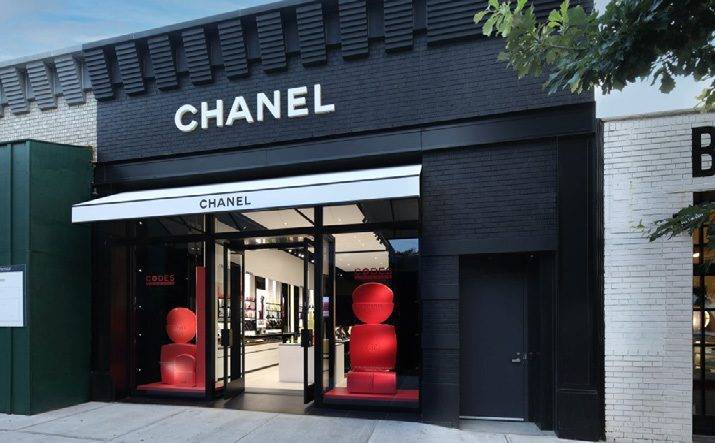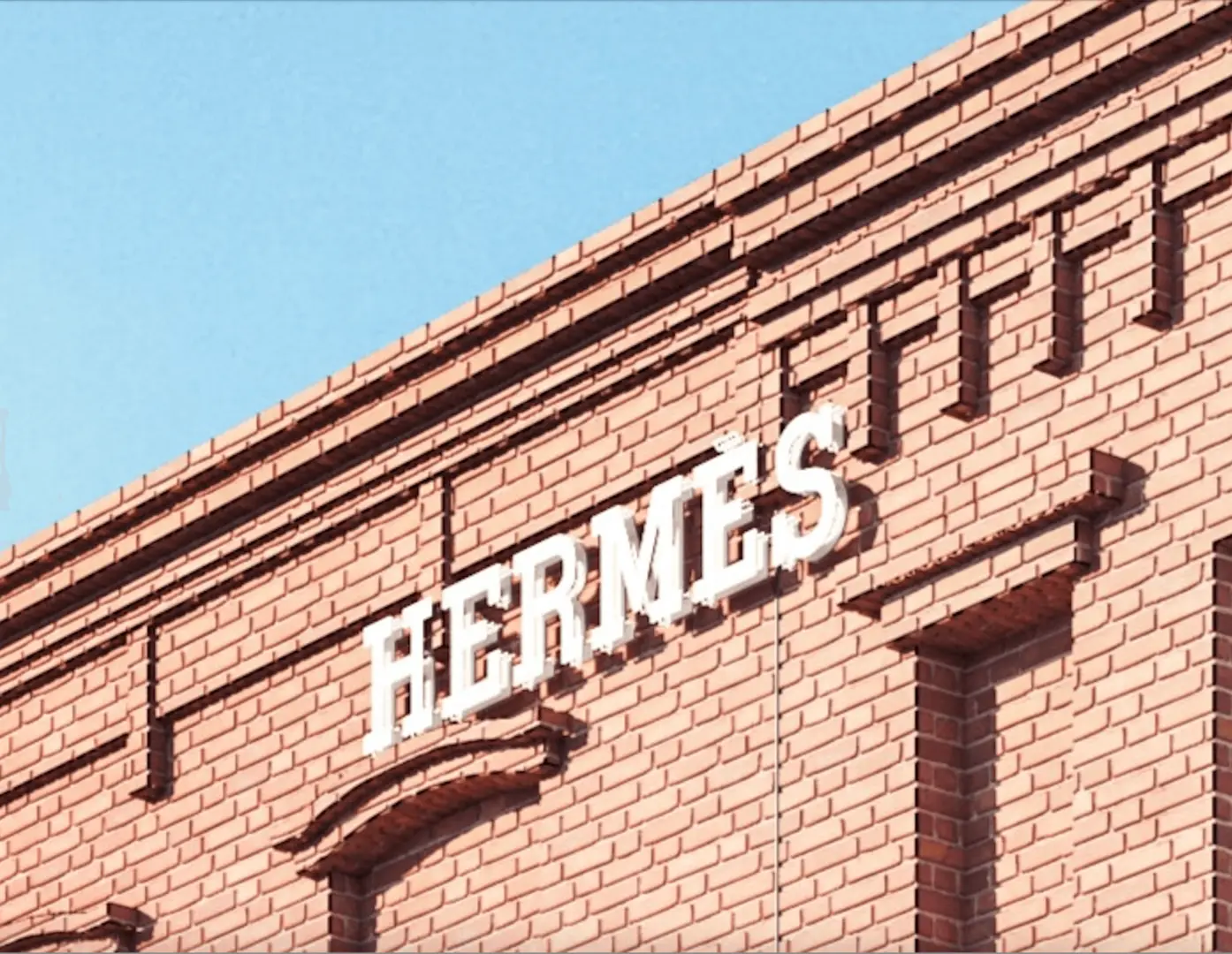High street fatigue is impacting scores of retailers as shoppers move online, yet a number of brands are bucking this trend by rethinking their brand experience. Instead of producing traditional cookie-cutter retail spaces, the brands seeing increased footfall are the ones creating experiential spaces, less shop, more place of worship.
These ‘places of worship’ let people experience the brand in a way that hasn’t been seen before with the experience itself drawing them in.
It needs to be incredibly rewarding and, of course, it has to be about more than making a purchase. But it goes beyond that. For it to truly work, the space and the experience must create the kind of loyalty you’d normally associate with a church or a cult.
To do this, you need to understand the connection point for the brand. What opportunity to connect are other brands in the category missing and what is it about your brand that people want to worship in the first place?
A great example of a brand that knows what gets people hooked is Ikea. Due to a number of factors from the changing nature of cities, traffic and reduced car ownership, Ikea realised it can’t simply have massive big box outlets in the suburbs anymore and the brand created useful planning studios in cities.
They’ve become places that you go to when you want to restyle your home but more than that, they are a touchpoint that has become a place of worship around Ikea. It ties neatly with Ikea’s loyalty program, Ikea Family, which conveniently has a cult-like name.
While retail brands perhaps have the most to gain from creating places of worship, brands in other categories are demonstrating the power of the approach.
F45 is an ideal example. The Australian-made brand is taking the world by storm and at its heart is a true place of worship. By creating an authentic space where everyday people who want to get fit can gather, the brand has outmanoeuvred legacy brands that have long owned the fitness space.
While these places of brand worship are often areas owned by the brand, smart brands can claim external spaces for their disciples. A spirits brand, for instance, can claim a bar or pub. Or, in the case of a brand like Corona, the incredibly specific experience of sunset on the beach – paired with the ritual of shoving a wedge of lime in a bottle – is the indisputed place of worship. This combination is generally credited with helping Corona overtake Heineken as the best-selling imported beer in the U.S.
 It’s experiences like this that cult-like brands such as Nike have become synonymous with. They do an incredible job creating an ecosystem that people worship with retail stores operating as a sacred temple to performance-related fashion with the explicit intent of signing on more people to their NikePlus membership program. Furthermore, the brand uses its products to convert everyday places into Nike-owned areas. With a Nike shoe, for example, the street or the local basketball court becomes a Nike-branded place of worship.
It’s experiences like this that cult-like brands such as Nike have become synonymous with. They do an incredible job creating an ecosystem that people worship with retail stores operating as a sacred temple to performance-related fashion with the explicit intent of signing on more people to their NikePlus membership program. Furthermore, the brand uses its products to convert everyday places into Nike-owned areas. With a Nike shoe, for example, the street or the local basketball court becomes a Nike-branded place of worship.
Perhaps a brand that has created a cult-like following better than any other in recent times is Glossier, which eschews permanent retail for pop-up experiential spaces where hordes of devotees queue round the block for access.
Of course, the real secret to Glossier’s cult-like following is what they describe as an ‘absolute obsession’ with their customers and a brand and product line informed by the genuine needs of them. This supportive, engaging retail experience is ultimately a manifestation of that obsession with customers.
So as you assess how best to position your brand heading into a new decade, think about what it is that customers worship about the brand. Is it the sense of community your products foster or perhaps it’s how people feel when they interact with your brand. Think about how cult leaders instil loyalty in their followers, without creepy and malicious intention, of course.
Once you identify that, think outside the box to see how you can put these attributes and moments at the centre of your retail experience. I guarantee you’ll soon be reaping the rewards.
Original Article by Andy Thomas, Inside Retail | Feb 27, 2020 | It’s not a Store, It’s a Place of Worship


